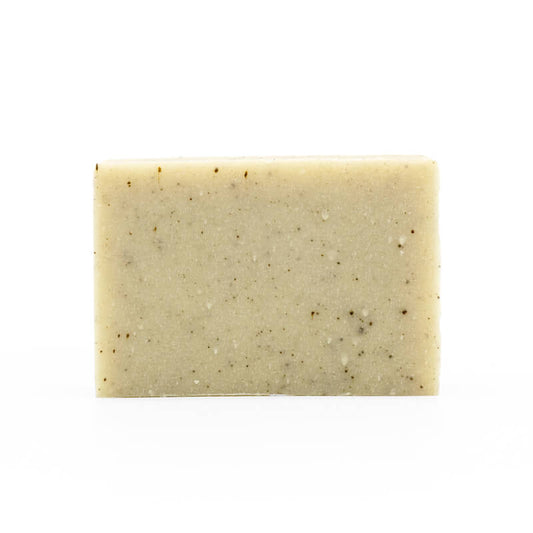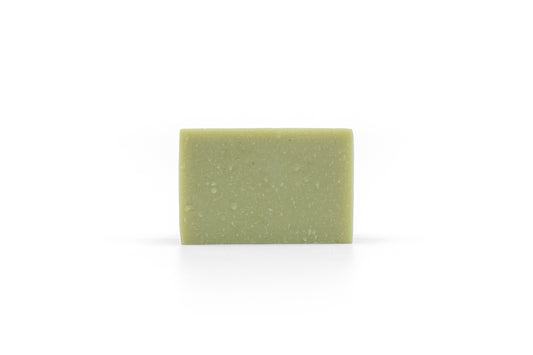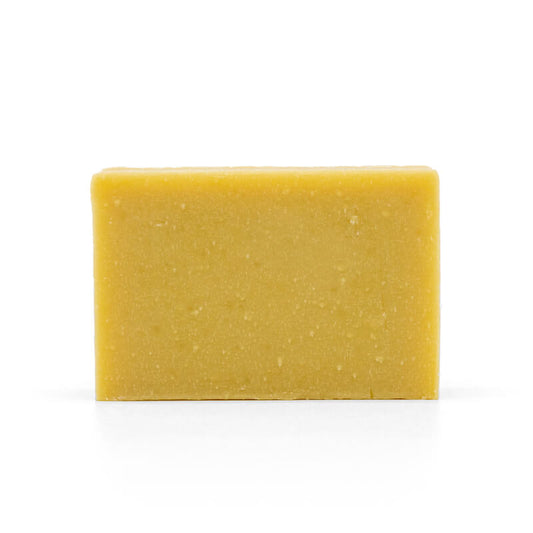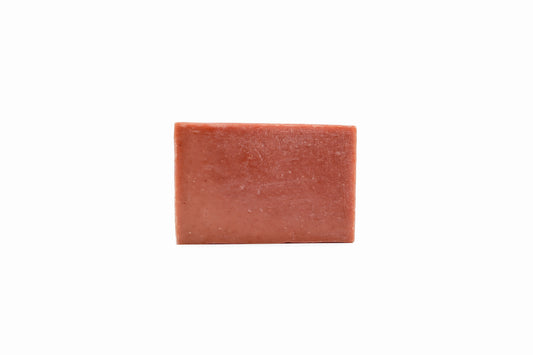Brazilian Purple Clay

Cold process soap bars come in a wide range of colours, but only naturally sourced colourants are good enough for the small batch soaps of Beaverton’s. Among these is a particularly appealing mineral based colourant known as Brazilian purple clay.

A bowl of purple Brazilian clay ; Image: Lisa Lise
One of the rarer mineral clays found in the realm of cosmetics and skin care, Brazilian purple clay is a specialty clay boasting a distinct purple colour which ranges from a pinkish-purple to lavender purple. Primarily sourced from the South American lands in and around Brazil, this brightly coloured natural clay is a unique type of kaolin clay with its own composition and defining characteristics. Kaolin clay is a naturally occurring soft clay composed of the mineral kaolinite, a hydrated aluminium silicate mineral in the phyllosilicate family. As a mineral, kaolinite is an important component of soil in many of the world's tropical regions where it forms from the weathering of aluminium and silicon-rich rock formations. On its own, kaolinite ranges from white to yellow-orange in colour depending on its purity and the amount of iron oxide present, but Brazilian purple clay stands out with its unusual appearance. Typical kaolinite clays are sourced from all over the world, but as its name would suggest Brazilian purple clay is mainly collected from Brazil and neighbouring areas in South America. The attractive colour of this clay is thought to be a direct result of the trace impurities it contains, which are not found in the same proportions within other kaolin clays.

A kaolin mine in the Para Region, of Brazil ; Image: EJAtlas
The primary difference in the mineral content of Brazilian purple clay that makes it so different from other kaolinite based clays is its high magnesium and potassium content. Magnesium helps to thicken emulsions, helping skincare products which use Brazilian purple clay to glide smoothly across the surface of the skin and helping to soothe irritation. Magnesium also plays a key role in bodily health, enhancing the effect of hydration and aiding in overall skin maintenance. Beyond its distinctive magnesium and potassium content, Brazilian purple clay also contains many of the same trace components found in other kaolinite clays, including titanium, silicon, and iron. Titanium and titanium oxide are known to be very reflective natural materials, and this property can make them useful for blocking extra ultraviolet radiation from the sun which may harm skin and damage cells, while silicon and iron are believed to help promote the formation of collagen, a necessary protein for maintaining skin elasticity and strength; together these trace minerals can help to make skin appear more firm and bright.

Mineral-rich clays can be very nourishing for the skin ; Image: MYSA
With both an enticing colour and rich mineral profile, Brazilian purple clay is one of the many naturally derived ingredients prized by makers of naturally derived soaps. This uncommon clay is featured as one of the favourite components in Beaverton’s Lavender Dreams cold process soap bar, where its beautiful hue evokes images of ethereal fields full of lavender flowers. Just one of the natural clays used to colour and elevate self care products, Brazilian purple clay is a treasured addition to the naturally derived handmade soaps of Beaverton’s.







